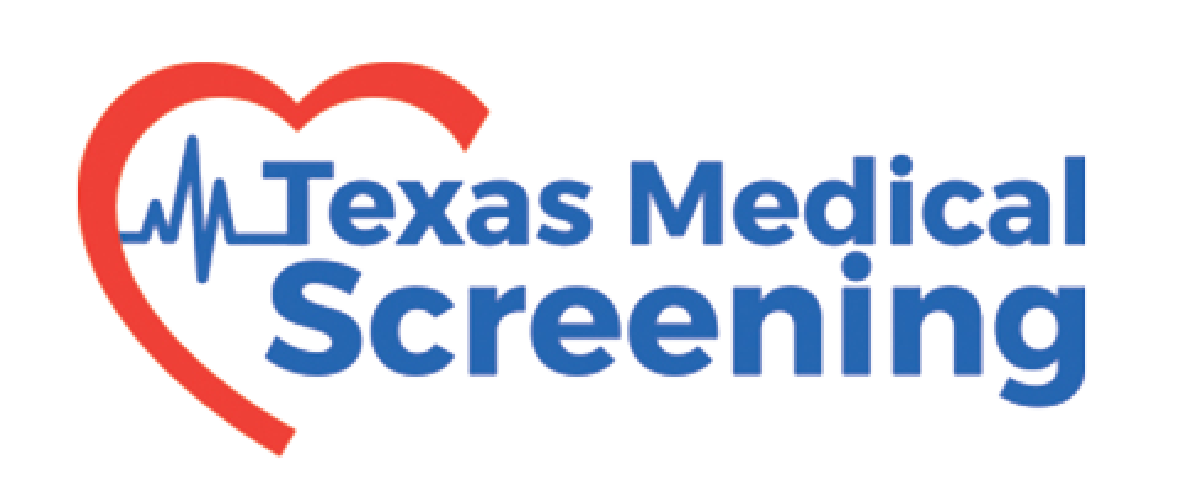In parts of Harris County, routine health screenings were out of reach for many residents. Blood pressure checks? For some, they rarely happened. Chronic disease rates, especially hypertension were climbing, but without reliable data, local leaders couldn’t see the full picture, let alone act on it.
The Simple Fix That Made a Big Difference
Enter six bilingual, self-service kiosks. Harris County Precinct 2 partnered with Texas Medical Screening to place them in trusted, high-traffic spaces, senior centers, county offices, and community hubs. No staff needed. No appointments required. Just walk up, press a button, and know your numbers.
Why These Kiosks Work
- Easy-to-use, bilingual interface
- Real-time readings, no wait times
- Flexible setup in community spaces
- Monthly usage reports that guide strategy
- Optional wellness questionnaires for extra insights
What Happened Next
For many residents, it was the first time they’d checked their blood pressure in years. For county leaders, it was the first time they had data that told the story of their community’s health.
“We didn’t really have the numbers until we placed the kiosks that changed everything.”
— Dr. Chara Bowie, Director of Health Equity, Harris County Precinct 2
By the Numbers (Year One)
- 18,400 screenings completed
- 3,600 first-time users (20% of total)
- 9,500 screenings flagged with Stage 1 or 2 hypertension
- 370 screenings in Hypertensive Crisis range
- 480 screenings flagged for Extreme Obesity
The ROI: Pennies in, Dollars Out
The program cost Harris County $34,440 for the year, less than $2 per screening. Compare that to the CDC’s estimate that uncontrolled hypertension adds about $1,920 per person annually in healthcare costs. Identifying just 18 high-risk people would cover the program’s cost. Harris County identified hundreds.
- Hypertension management savings: ~$960,000
- Avoided ER visits: ~$300,000
- Obesity-related cost avoidance: ~$200,000
- Total estimated avoided costs: $1.4M+ annually
- That’s about $40 saved for every $1 invested
More Than Numbers
The kiosks didn’t just save money. They built trust, strengthened health equity, and showed residents that preventive care could be simple and accessible. Harris County now has both the data and the community confidence to make better decisions for long-term health.
Why It Matters for You
- Employers: Reduce sick days with on-site screenings.
- Healthcare Providers: Use real-time data to improve outcomes.
- Retailers & Community Centers: Build trust and expand access by making preventive care available in everyday spaces just like Harris County did.
Ready to Explore the Possibilities?
Harris County’s story proves that preventive care doesn’t have to be complicated to be effective. At Texas Medical Screening, we help organizations big and small bring health screenings into the spaces people already trust.
Want to see how kiosks could work for your team or community? Let’s Talk.
